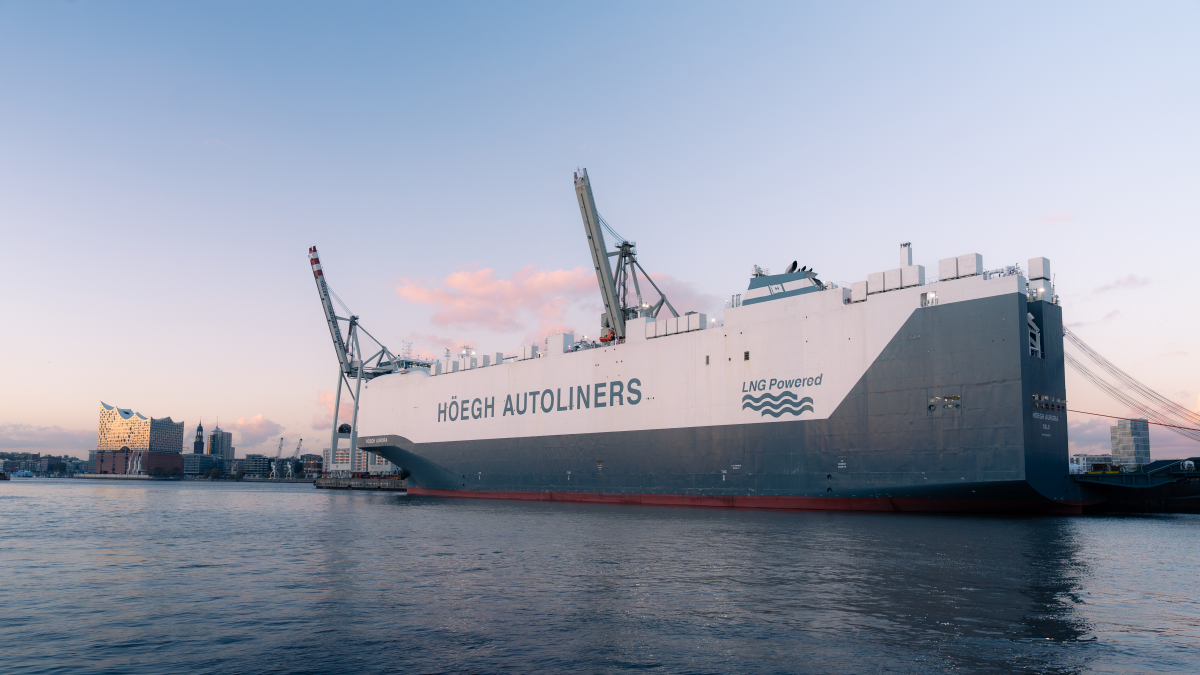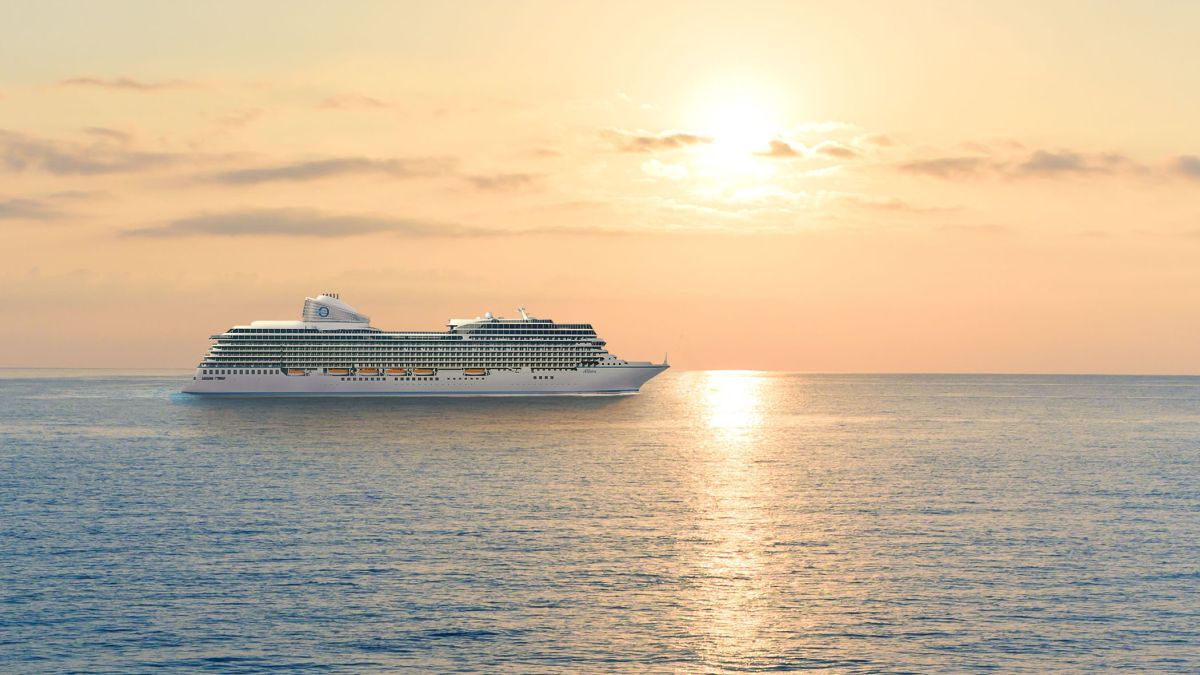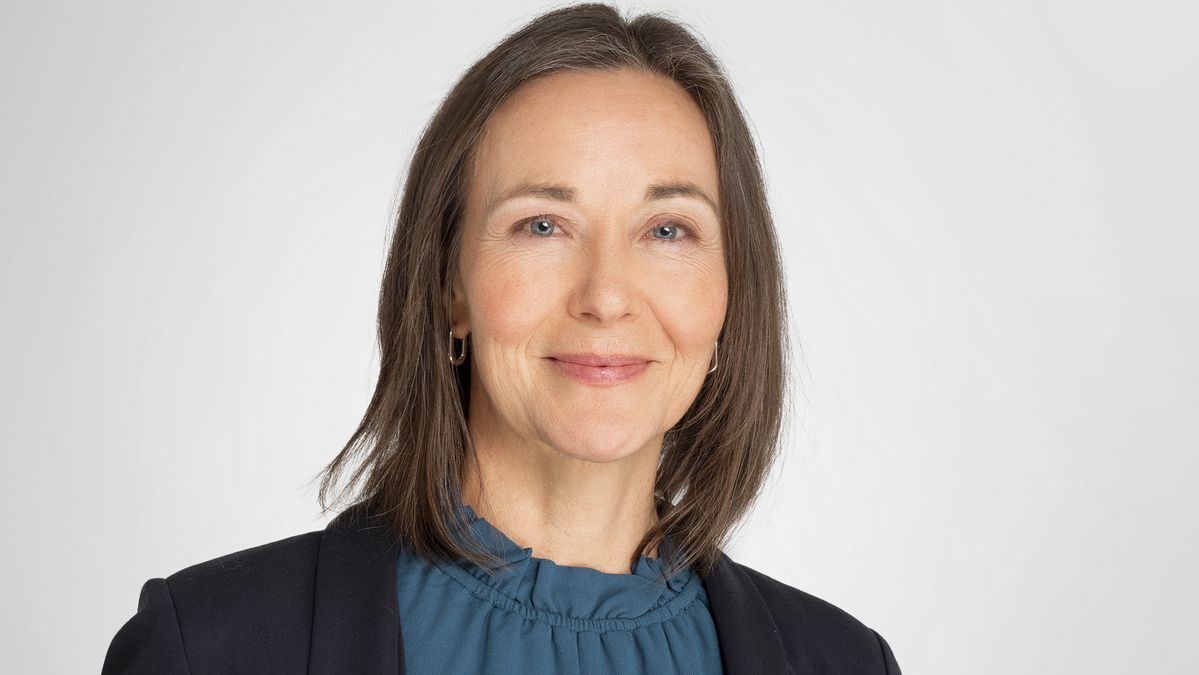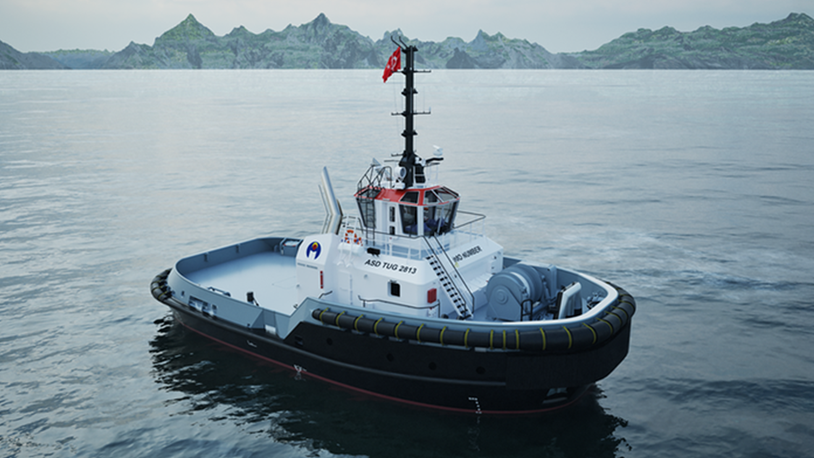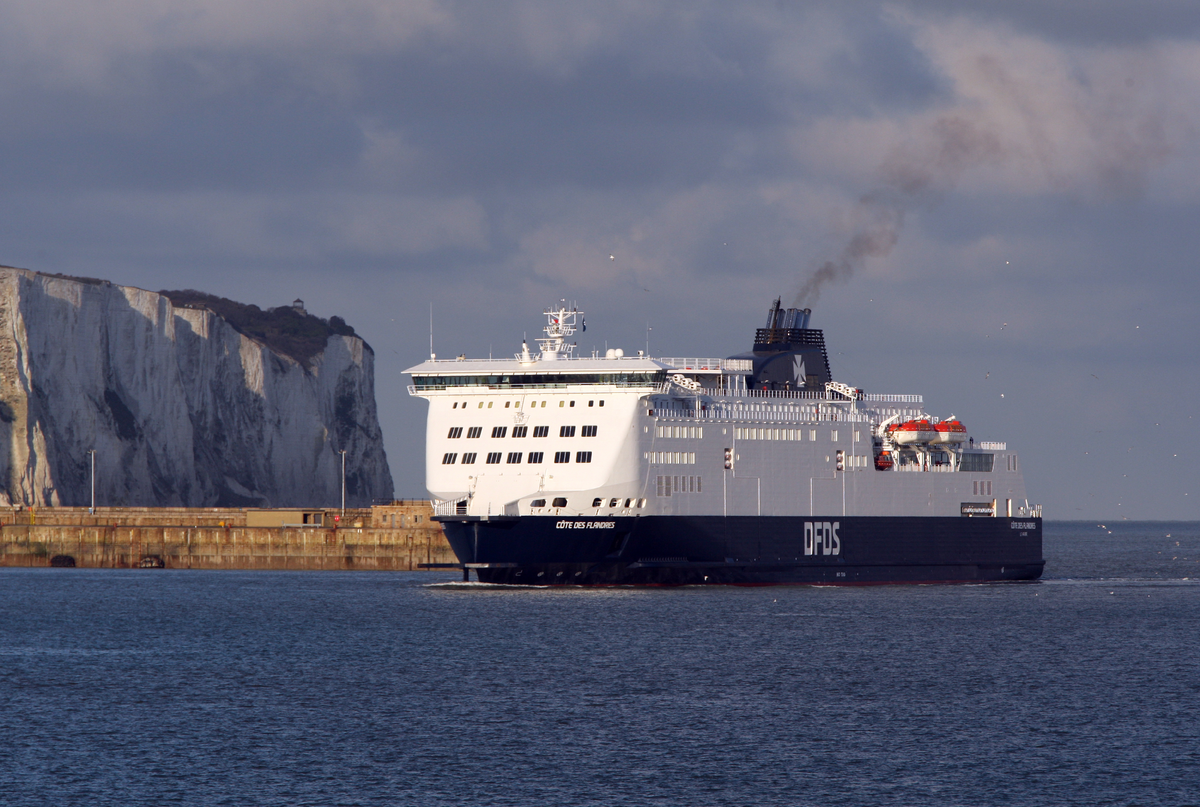Business Sectors
Events
Contents
Register to read more articles.
Höegh Autoliners invests US$2.5Bn on 12 LNG- and ammonia-fuelled newbuilds
The Norwegian shipping group has ordered newbuild vehicle carriers from China with dual-fuel propulsion which are ready to transition to green fuels for net-zero emissions
Höegh Autoliners has a series of newbuild pure car and truck carrier (PCTC) vessels being constructed in China with dual-fuel engines which will be able to burn green fuels in the future. In total, 12 Aurora-class vessels were ordered from China Merchants Heavy Industry (Jiangsu), with options for another four, all to be DNV classed and Norway flagged, with the first eight equipped with engines primed to run on LNG and low-sulphur fuel oil.
The first, Hoegh Aurora, was delivered in Q2 2024 and entered into commercial operations in August 2024. According to Höegh Autoliners chief executive, Andreas Enger, the final four of the fixed shipyard contract will be delivered able to run on ammonia.
“We are spending US$2.5Bn on fleet renewal,” he said. “We are starting with dual-fuel LNG and can transition to green ammonia in the future.”
The initial eight Aurora-class ships will be able to transition to green ammonia, while the final four newbuilds will have MAN Energy Solutions two-stroke engines able to burn ammonia when delivered in 2027 onwards.
Aurora-class ships are the first in the PCTC segment to receive DNV’s ammonia-ready and methanol-ready notations. Capable of carrying up to 9,100 CEU, they could cut carbon emissions per car transported by 58% compared with the current industry standard.
Mr Enger explained why the Oslo-headquartered owner chose to begin with LNG fuel and consider ammonia in the future. “There are no ammonia combustion engines available until 2027,” he said. “The objective is to go for green ships, so our pathway is LNG now and then switch to blue ammonia and then to green ammonia.”
Mr Enger did not think other options, such as installing carbon capture and storage on these ships, were viable for PCTC vessels.
These Aurora-class ships will be multi-fuel ready. Featuring 1,500 m2 of solar panels on the top deck, they are primed to connect with quayside electric power for emissions-free port operations.
Strengthened decks and enhanced internal ramp systems will enable them to carry electric vehicles on all 14 decks, while offering enhanced flexibility for heavier project cargo.
“We want zero greenhouse gas emissions by 2040, and see green ammonia as the pathway,” said Mr Enger. “But the fastest path is through LNG and then ammonia. We have focused on what can be done now and to build vessels capable of going zero emissions in the future.”
He said other shipowners would also need the flexibility to switch to green fuels when they are available at commercial prices.
“As ships have 25 to 30 years of life, owners should build in optionality with ships that are multi-fuel ready. Have low-carbon options, build new dual-fuel vessels, and be ready to run on zero emissions.”
Mr Enger said there were several finance options available for the Aurora-class newbuilds due to them being ready for the transition to green fuels. “There was good interest from banks to finance our newbuilds.”
Andreas Enger updated the shipping industry at the Green Hydrogen Organisation & SASHA Maritime Decarbonisation Roundtable, in London, UK, on 10 March 2025.
Marine Fuels Webinar Week: Beginning Monday 7 April, Riviera will be holding a series of five webinars focused on marine fuels. Using this link for more information and to register for these webinars.
Related to this Story
Women in Maritime Today: Elin Saltkjel says no day working in maritime is dull
Events
Maritime Environmental Protection Webinar Week
Cyber & Vessel Security Webinar Week
The illusion of safety: what we're getting wrong about crews, tech, and fatigue
Responsible Ship Recycling Forum 2025
© 2024 Riviera Maritime Media Ltd.


